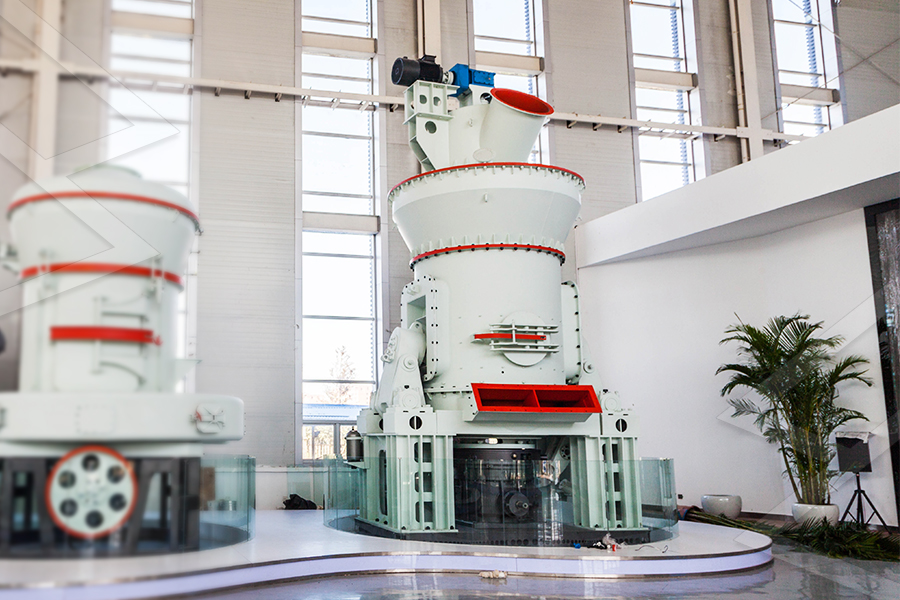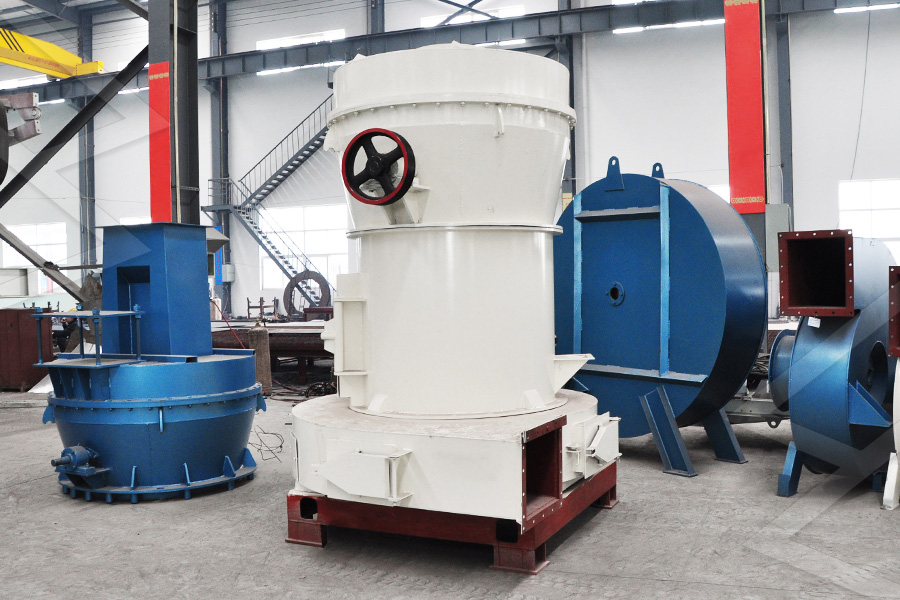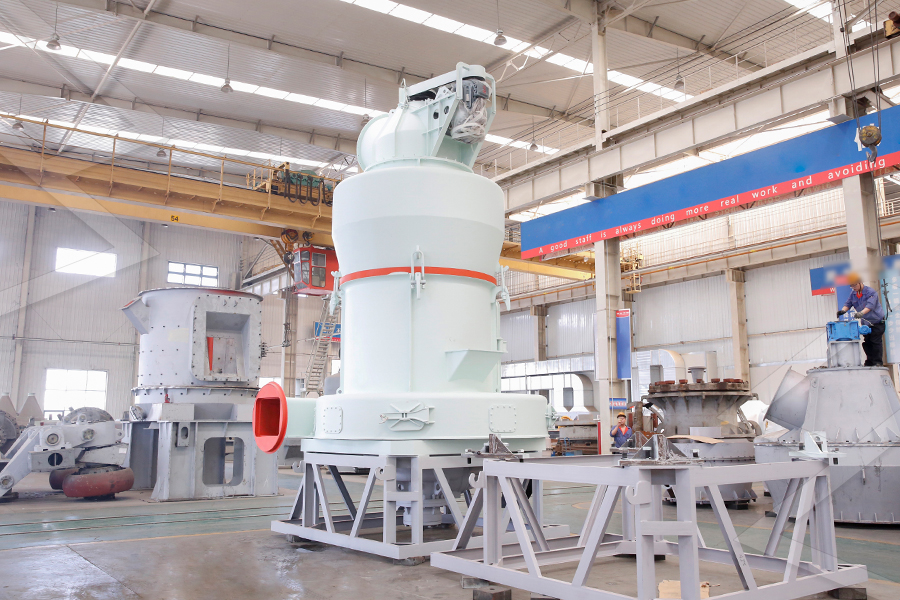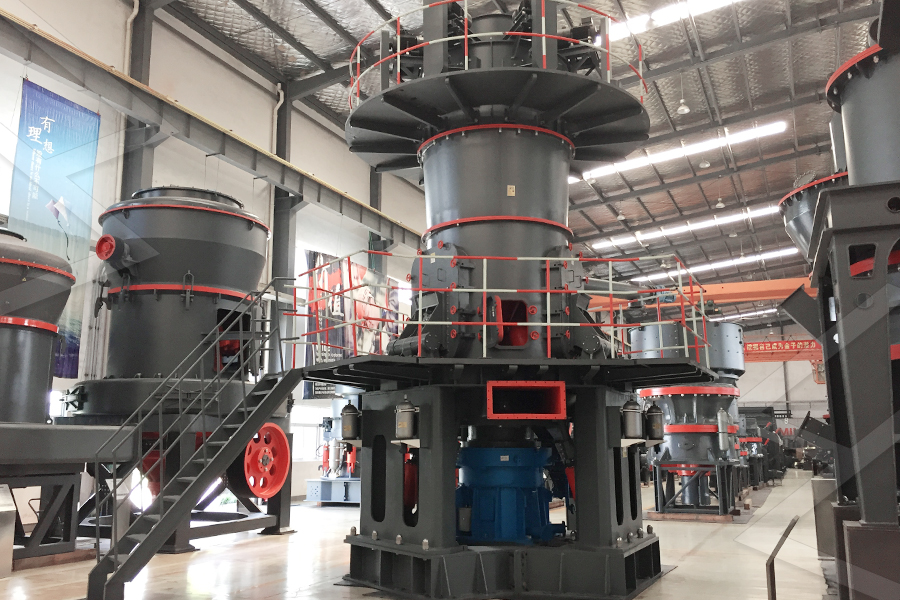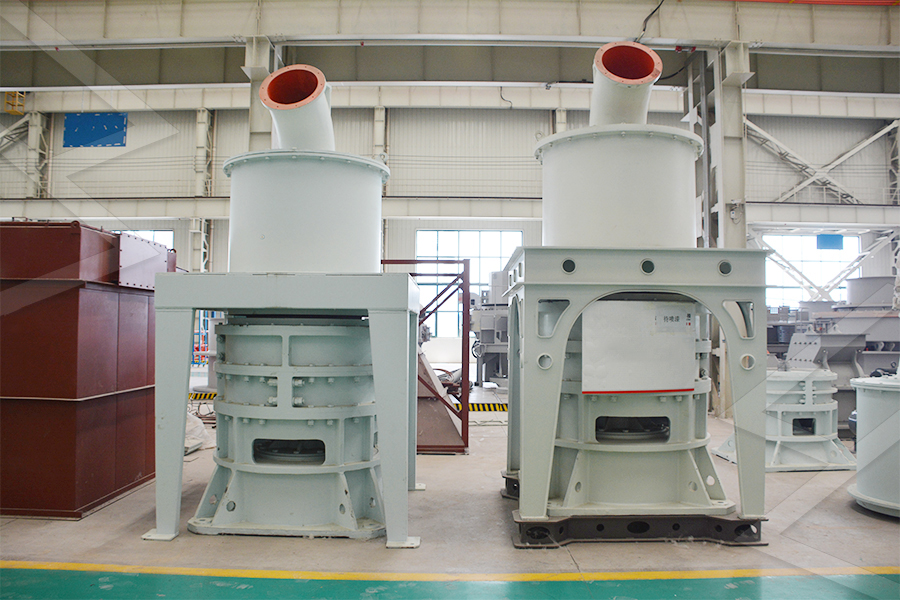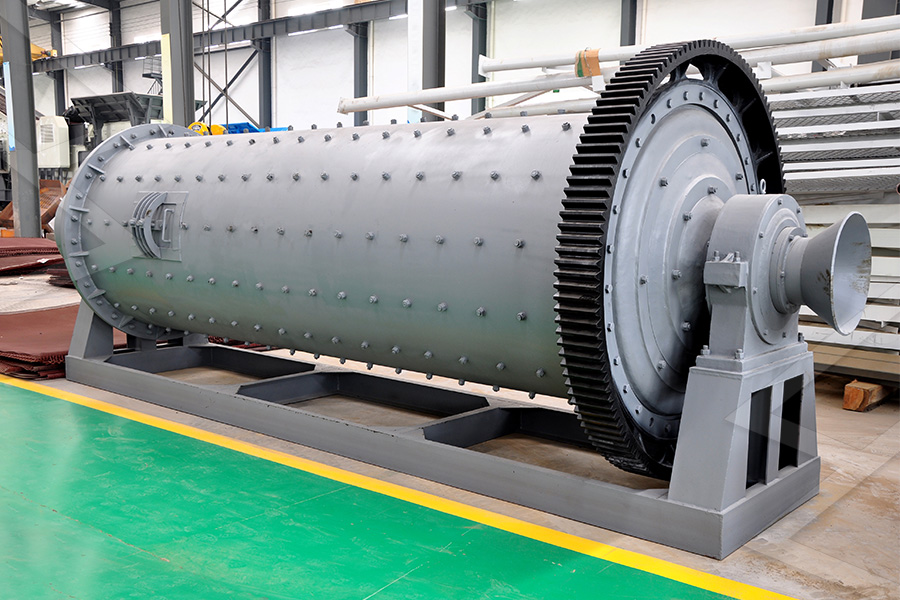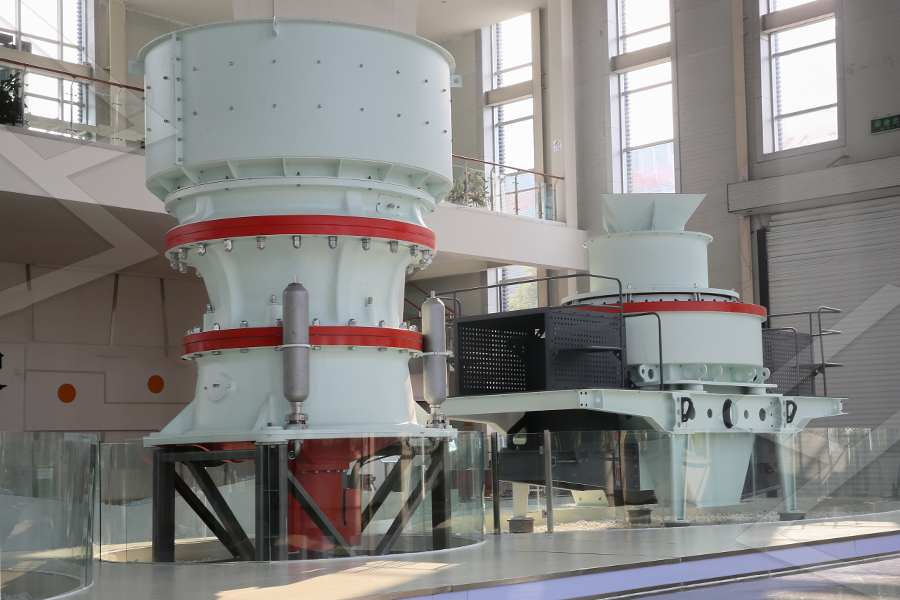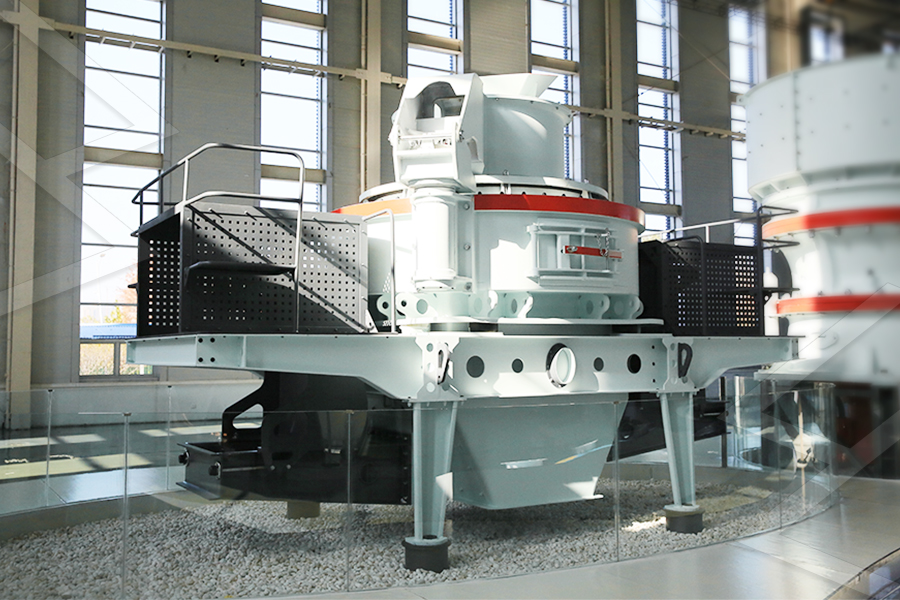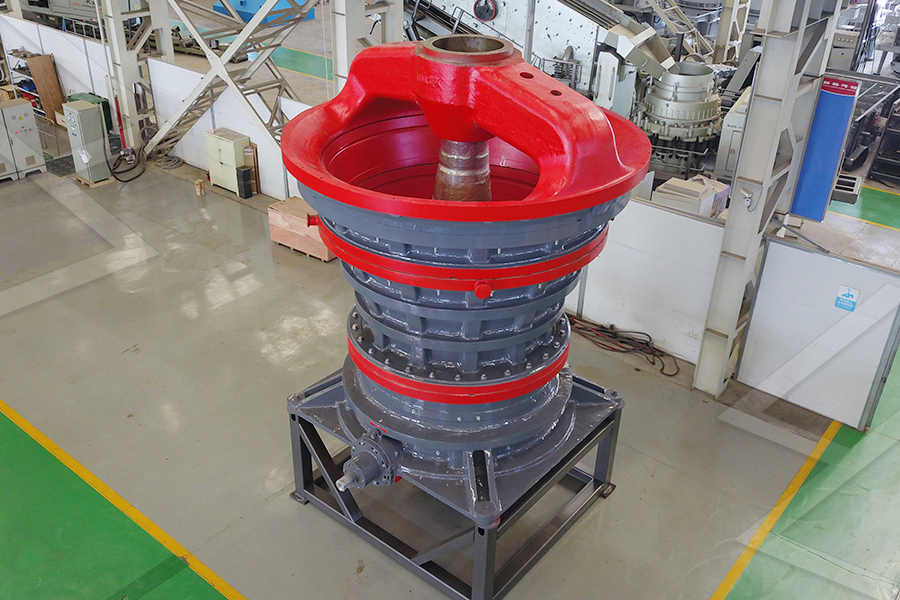Classification and Quality Control
After collection, the powder is sent to a high-precision air classifier (explosion-proof) to ensure uniform particle size. The classifier’s impeller speed is set to 2500 rpm, separating particles with a d50 of 40 μm (350 mesh) from finer or coarser particles. Finer particles (<30 μm) are sold as a byproduct to ink manufacturers, and coarser particles (>50 μm) are recycled to the mill.
QC tests are conducted every hour (due to the critical nature of carbon black for tire performance): (1) Particle size distribution (laser diffraction) to confirm d10 ≥30 μm, d50 38-42 μm, d90 ≤50 μm; (2) Iodine adsorption (ASTM D1510) to ensure 80-84 mg/g; (3) DBP absorption (ASTM D2414) to verify 100-104 cm³/100g; (4) Moisture content (ASTM D1509) to <0.5%. The tire manufacturer tests the carbon black-rubber compound for tensile strength (ASTM D412) and abrasion resistance (ASTM D5963)—since using the project’s powder, tire tread life has increased by 12%.
Environmental and Safety Compliance
The project complies with strict US safety and environmental regulations: (1) Explosion protection: The mill, classifier, and filter are equipped with pressure relief valves and spark detectors, and the nitrogen purge system is monitored 24/7; (2) Dust control: The HEPA filter and closed conveyor system limit emissions to <5 mg/m³, meeting the EPA’s NESHAPs; (3) Waste management: Carbon black dust from maintenance is collected in sealed containers and sent to a licensed hazardous waste facility.
Economic Impact and Future Plans
Economically, the project delivers value by: (1) Reducing costs: On-site grinding eliminates the manufacturer’s need to purchase pre-ground carbon black (saving 15% on raw material costs); (2) Improving quality: Consistent particle size reduces tire rejection rates by 5%; (3) Supporting local industry: The project supplies a critical raw material to the tire manufacturer, helping it remain competitive in the global market.
Future plans include expanding capacity to 5 TPH in 2027, to meet growing demand for electric vehicle (EV) tires—EV tires require more carbon black (for increased load capacity), driving demand for high-quality, uniform powder.
This carbon black grinding project highlights the specialized nature of mineral processing for high-performance applications like tires, where safety, precision, and consistency are paramount.
